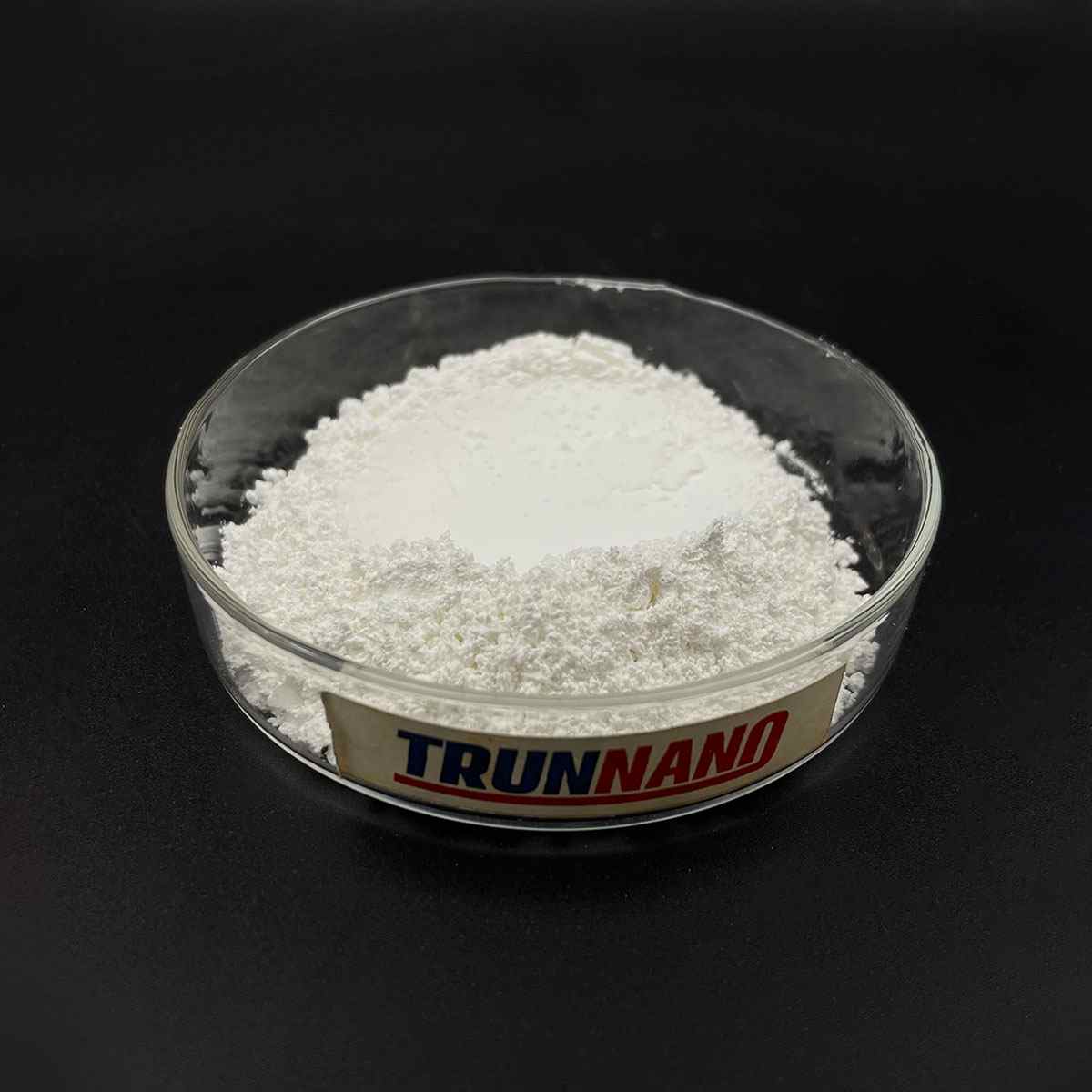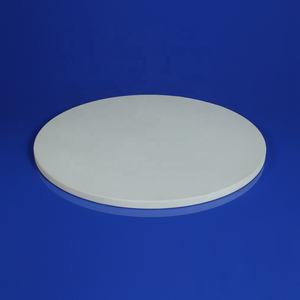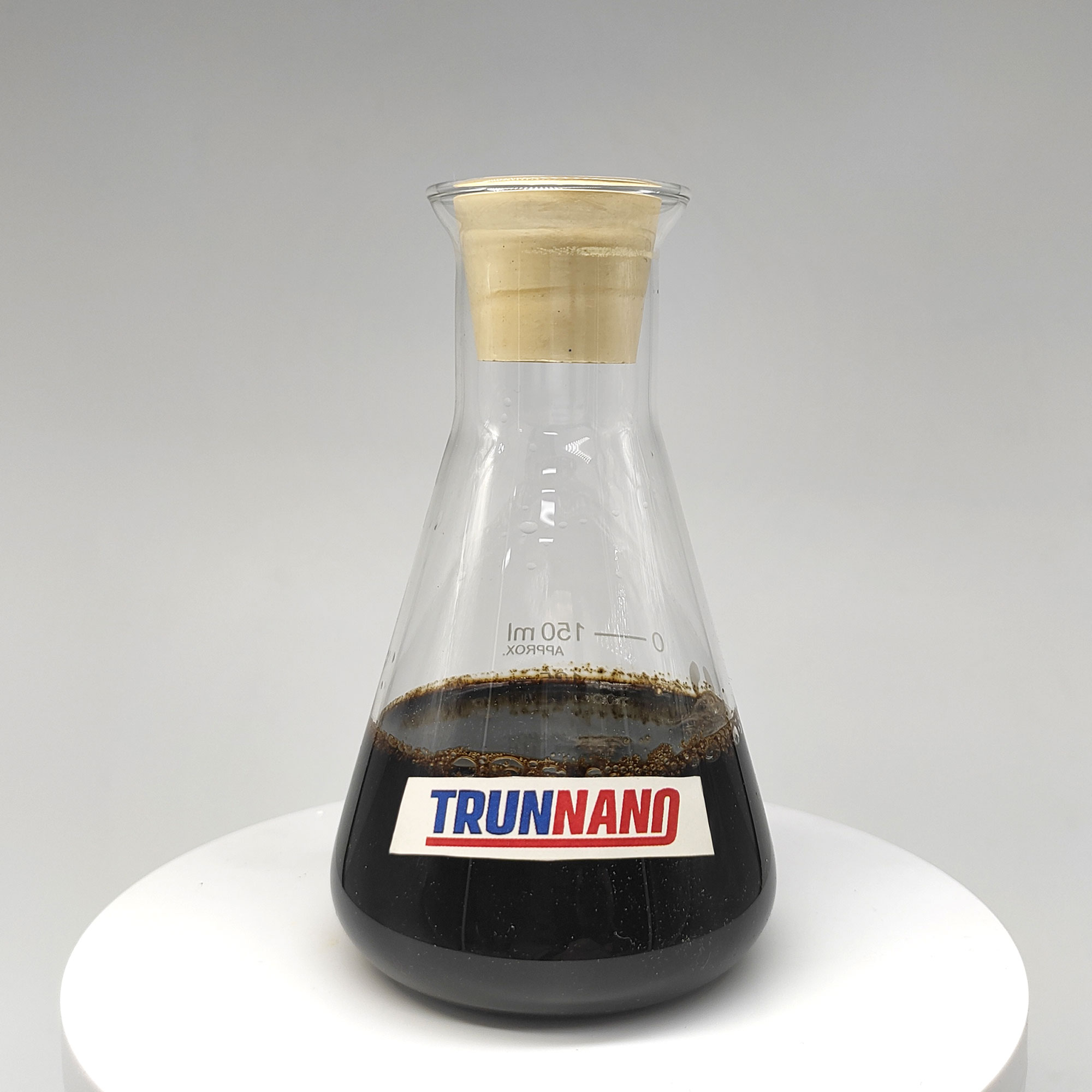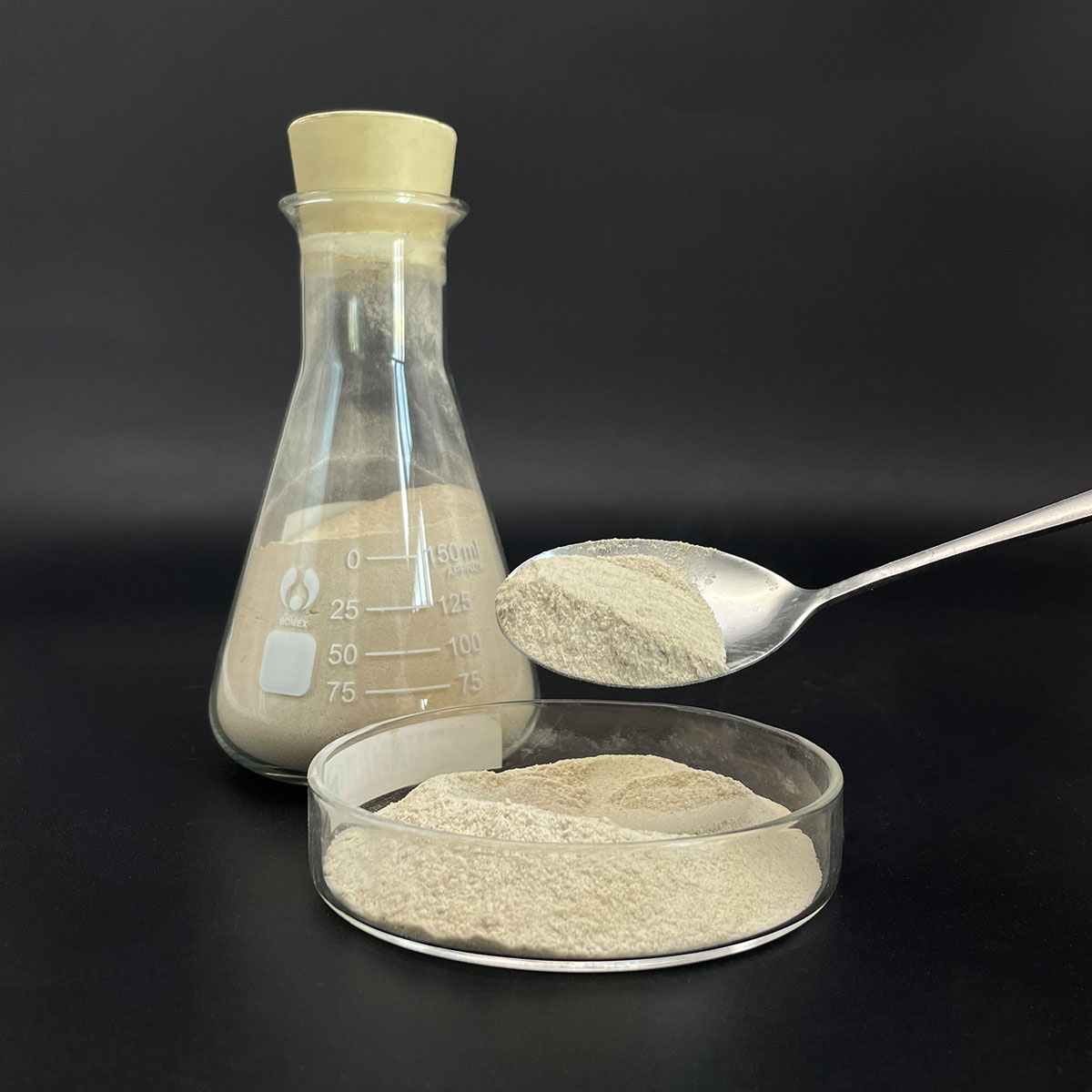Overview of 99.99% Lead telluride/Lead monotelluride cas 1314-91-6
Telluride and selenide compounds play a significant role in the field of semiconductors, particularly in the development of advanced electronic and optoelectronic devices. These materials belong to the chalcogenide family, characterized by their ability to form compounds with elements from groups IV-VI in the periodic table.
Tellurides: Compounds containing tellurium (Te) as the chalcogen. Examples include cadmium telluride (CdTe), mercury telluride (HgTe), and zinc telluride (ZnTe). These materials have found applications in solar cells, infrared detectors, and high-speed electronics due to their tunable bandgap, high electron mobility, and good thermal stability.
Selenides: Similar to tellurides, but with selenium (Se) replacing tellurium. Notable examples are cadmium selenide (CdSe), gallium selenide (GaSe), and zinc selenide (ZnSe). Selenide compounds are widely used in light-emitting diodes (LEDs), laser diodes, and solar cells due to their direct bandgap properties and efficient light absorption/emission capabilities.
Feature of 99.99% Lead telluride/Lead monotelluride cas 1314-91-6
Direct Bandgap: Many telluride and selenide semiconductors have direct bandgaps, which facilitate efficient light emission and absorption processes. This makes them suitable for optoelectronic applications such as LEDs and lasers.
Tunable Bandgap: The bandgap of these materials can be adjusted by alloying or altering the composition (e.g., CdSe to CdTe), enabling customization for specific device requirements across a wide spectrum of wavelengths.
High Electron Mobility: Materials like HgCdTe exhibit high electron mobility, which is crucial for high-speed electronic devices and low-noise detector applications.
Thermal Stability: Some tellurides and selenides, like ZnTe and ZnSe, demonstrate good thermal stability, making them suitable for high-temperature operation and processing.
Non-Toxic Alternatives: With increasing environmental concerns, there’s a push towards exploring less toxic alternatives to commonly used semiconductors. For instance, Cd-based tellurides and selenides are being replaced or combined with less toxic elements like Mg or Mn in some applications.

(99.99% Lead telluride/Lead monotelluride cas 1314-91-6)
Parameters of 99.99% Lead telluride/Lead monotelluride cas 1314-91-6
Lead telluride, also known as Lead Monotelluride (PbTe), is an inorganic compound with the chemical formula PbTe and the CAS number 1314-91-6. This fascinating material falls under the broader category of chalcogenides, which are compounds containing elements from Group 14 of the periodic table, such as carbon, silicon, germanium, and tellurium, bonded to Group 1 or Group 2 metals like lead.
At its core, lead telluride is a solid solution, where lead ions (Pb2+) are replaced by tellurium ions (Te2-) within a crystal lattice structure. The compound exhibits a high melting point, around 675°C (1,247°F), making it suitable for applications that require thermal stability. Its stoichiometry of nearly pure lead (99.99%) indicates a high level of purity, which is essential for many of its technological uses.
Lead telluride has a wide range of physical properties, including a high electrical conductivity, particularly in the form of n-type semiconductors. This unique property makes it a popular choice for electronic devices, such as thermoelectric generators, where it converts temperature differences into electricity. The material’s Seebeck coefficient, a measure of the voltage generated per unit temperature difference, is quite high, making it effective in waste heat recovery systems.
In photovoltaic applications, lead telluride is used in thin-film solar cells, often combined with other materials like cadmium telluride (CdxTe1-x) in a tandem cell configuration. These cells can harvest light over a broader spectrum than traditional single-layer solar cells, increasing efficiency. The high refractive index of lead telluride also contributes to its optical properties, making it useful in optoelectronic devices like lenses and optical filters.
Lead telluride finds application in various other fields due to its piezoelectric properties, meaning it generates an electric charge when subjected to mechanical stress. This property makes it suitable for sensors and actuators in areas like automotive, aerospace, and medical devices.
However, it’s important to note that lead, being a toxic heavy metal, raises environmental and health concerns. The stringent 99.99% purity requirement ensures that the hazardous effects are minimized, but proper handling, storage, and disposal procedures must be followed to adhere to safety regulations.
In summary, Lead Telluride (CAS 1314-91-6), with its exceptional electronic, photovoltaic, and piezoelectric properties, is a versatile material with a myriad of applications in modern technology. Its high purity, coupled with its unique characteristics, makes it a valuable component in various industries, while the need for responsible management of its environmental impact remains a critical consideration.

(99.99% Lead telluride/Lead monotelluride cas 1314-91-6)
FAQ of Semiconductor Materials
Inquiry us






